Songwriting: A Creative Outlet for Socialization and Teamwork
You walk into a music therapy session and see a group of people singing, laughing, and talking about their favorite things to do. The music therapist stands in the middle of the circle, guitar in hand, leading this fun-filled crew. You think, “Wow- this looks like an amazing way to spend an hour!” Believe us- it is! But what’s going on behind the scenes? What makes this different from your every day sing-a-long? Let’s break it down…
In music therapy, five main principles are used to reach goals in sessions. These principles are moving, creating, singing, playing and listening. Songwriting falls under the principle of creating. This experience can address a number of goal areas including social skills, emotional expression, communication skills, cognitive skills, attention to task, independence, creativity, and listening skills.
Today, the group is writing a song about their favorite things to do. To write a brand new song can seem intimidating to the group, but the music therapist encourages them by singing some of the things he/she likes to do. The group laughs and smiles at the music, encouraging the group members to be creative with their responses. A pre-written chorus or repetitive verse is introduced by the music therapist for the entire group to sing. This repetitive and catchy chorus will be sung to bring the group together after a new line is added to the song through verbal discussion or improvisation.
When the group is asked what they like to do, they are addressing decision making skills and receptive and expressive communication skills. They are also addressing cognitive skills as they think about their favorite activity. One client responds that she loves to go shopping. Another client gasps and says “Me too!” Cognitive skills are being addressed here as the client listens to the idea and responds accordingly. Another client in the group says “I don’t like to go shopping.” The group practices appropriate social skills and pragmatics as they respond to each other’s ideas. The music therapist may also explain the importance of accepting others ideas and appropriate social responses in a group setting. All clients are encouraged to help create the song. If an individual uses non verbal communication, AAC (Alternative and Adaptive Communication) devices or PECs (Picture Exchange Symbols) may be used to help the client make decisions that contribute to the group song.
“Let’s all sing this together!” The music therapist collaborates with each individual to create a line that everyone can sing that fits into the song. The group then sings this line, where they develop their recall abilities and expressive communication skills. If reading off of a chalk board or wipe board, that individual may be developing his/her reading abilities as well.
The song is brought back to the chorus, a familiar and attention grabbing melody that is repetitive. This is a signal that something new is starting. Each individual is practicing their communication skills by singing the chorus. They are also practicing breath support and listening skills. Meanwhile, as each individual takes a turn, the group is developing turn-taking skills, listening skills and patience.
The group may also write a bridge to the song. Each group member will contribute ideas and these thoughts will be written on the board. Through discussion and voting, the most popular lyrical ideas will be used in the song to create a collaborative and unique bridge for this group only.
Although this group wrote about their favorite activities, other songwriting experiences may address coping skills, adapting to change, or emotional expression.
At the end of the experience, the group has written a song and everyone has contributed to the experience! The song will be sung and everyone will have an opportunity to sing their line, or listen to everyone else sing the line they created. Together, the group worked together to create something that combined all of their interests and bond together as a group.

